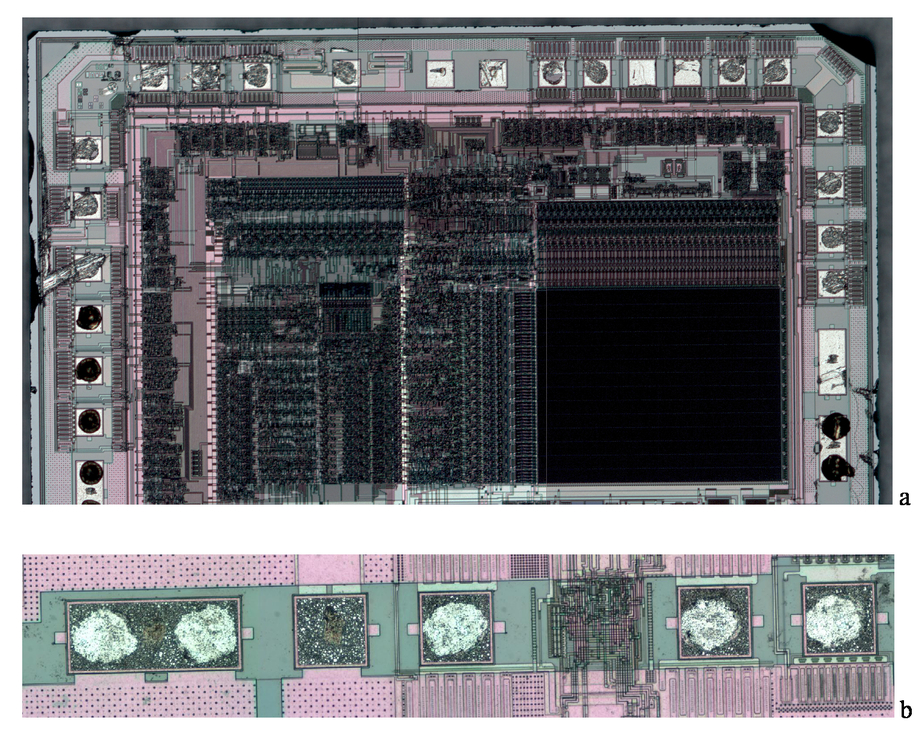 Reverse Microchip MCU PIC16LF77 Flash
Reverse Microchip MCU PIC16LF77 Flash
Reverse Microchip MCU PIC16LF77 Flash memory and readout hex of microcontroller PIC16LF77, status of processor PIC16LF77 can be opened and unlocking MCU’s tamper resistance system;

Low power, high speed CMOS FLASH technology
Fully static design
Wide operating voltage range: 2.0V to 5.5V
High Sink/Source Current: 25 mA
Industrial temperature range
Low power consumption:
– < 2 mA typical @ 5V, 4 MHz
– 20 µA typical @ 3V, 32 kHz
– < 1 µA typical standby current
PIC16F73/76 devices are available only in 28-pin packages, while PIC16F77 devices are available in 40-pin and 44-pin packages.
All devices in the PIC16F7X family share common architecture, with the following differences:
The PIC16F73 and PIC16F76 have one-half of the total on-chip memory of the PIC16LF77
The 28-pin devices have 3 I/O ports, while the 40/44-pin devices have 5
The 28-pin devices have 11 interrupts, while the 40/44-pin devices have 12
The 28-pin devices have 5 A/D input channels, while the 40/44-pin devices have 8
The Parallel Slave Port is implemented only on the 40/44-pin devices before Microchip mcu chip recovering
Additional information may be found in the PICmicro™ Mid-Range Reference Manual (DS33023), which may be obtained from your local Microchip Sales Representative or downloaded from the Microchip website.
The Reference Manual should be considered a complementary document to this data sheet, and is highly recommended reading for a better understanding of the device architecture and operation of the peripheral modules of Microchip mcu ST62T15C6 firmware attacking.